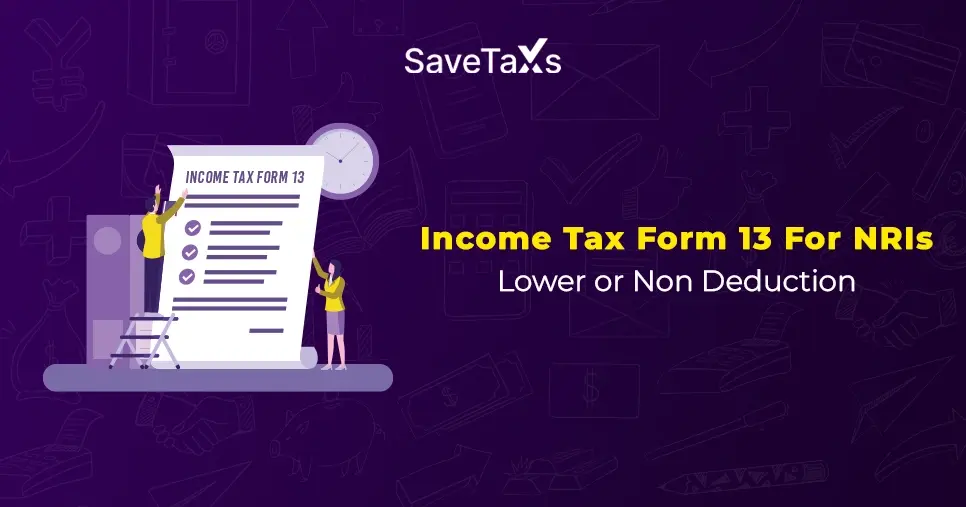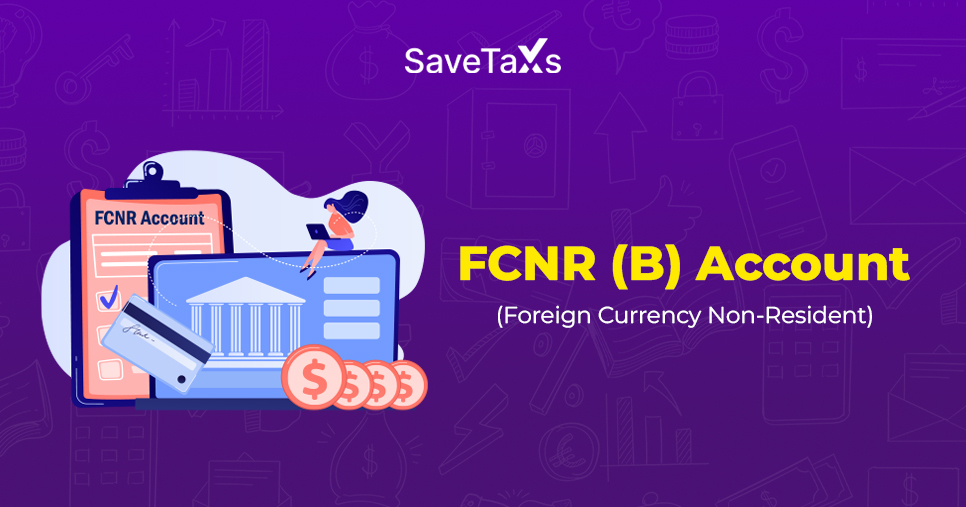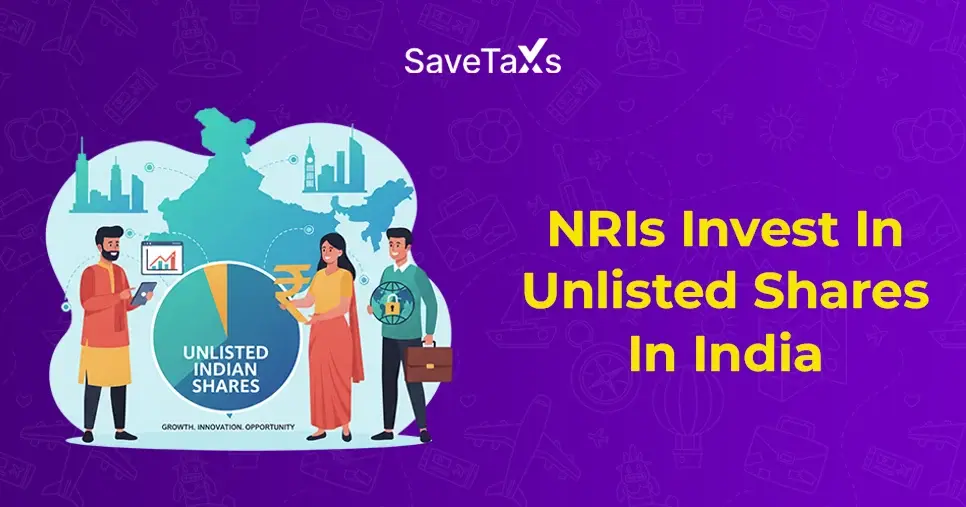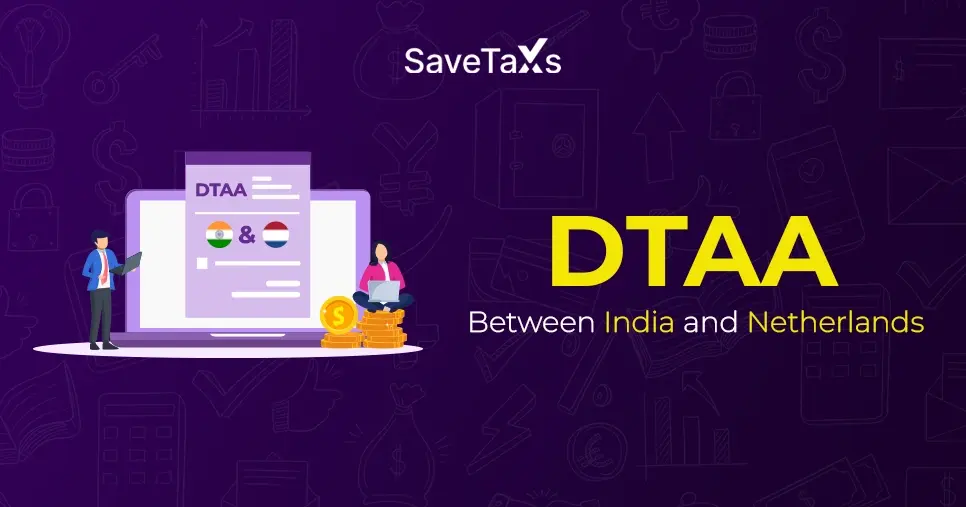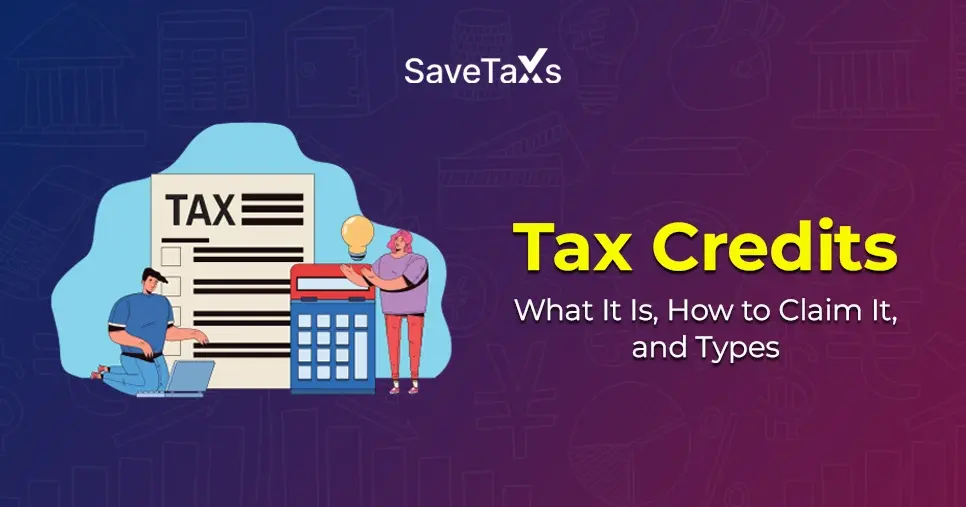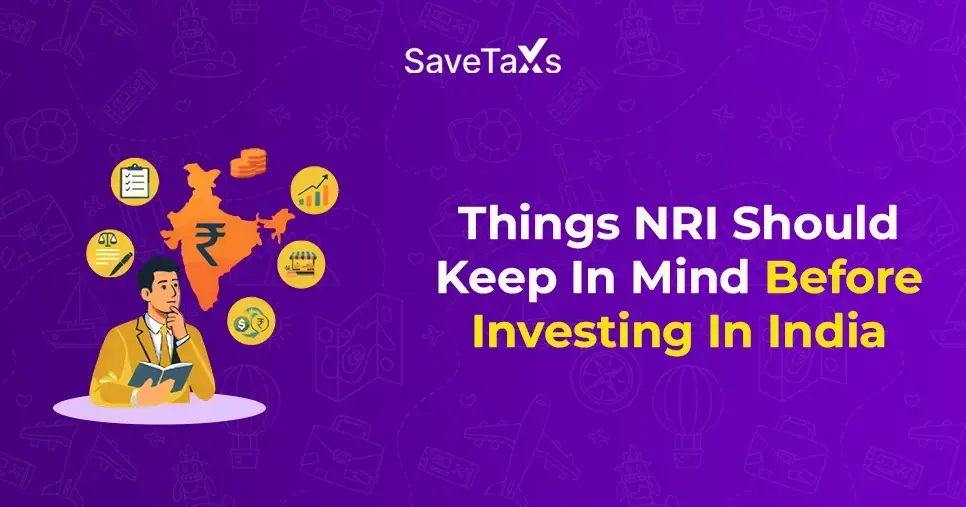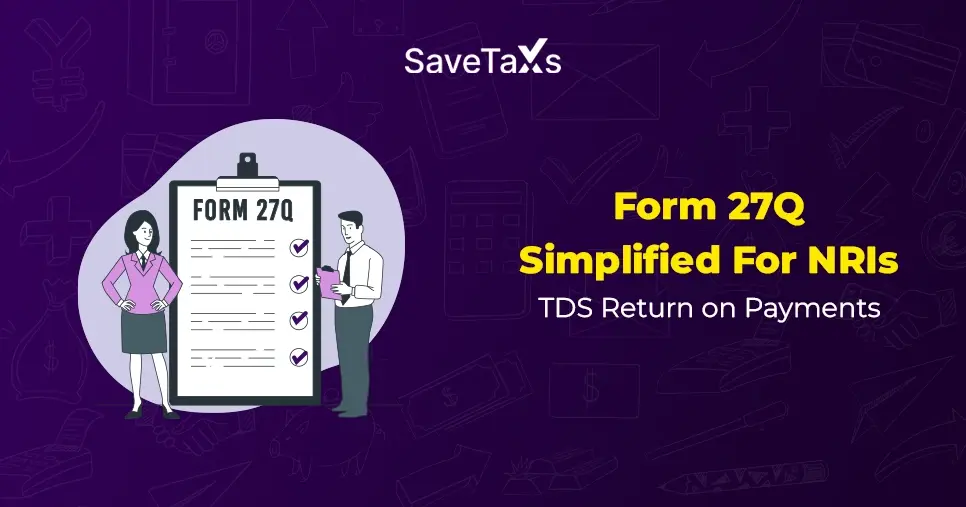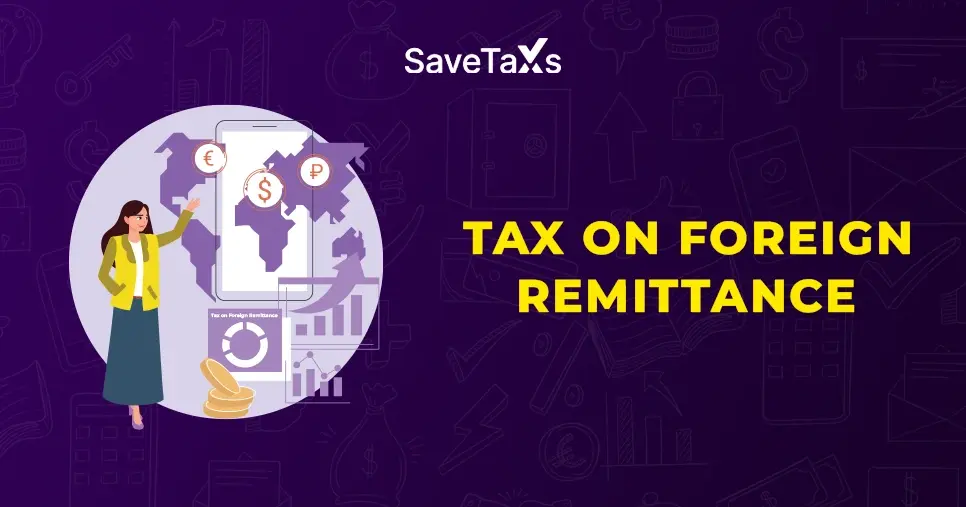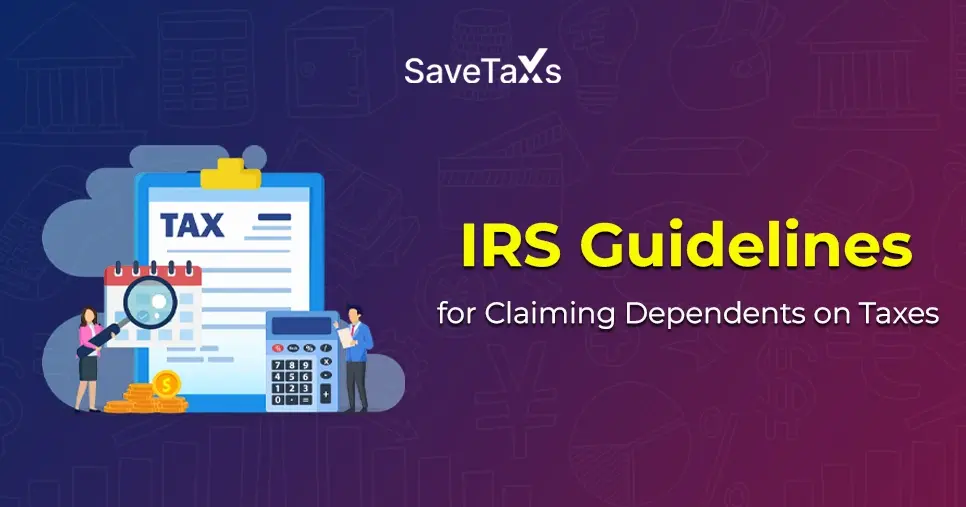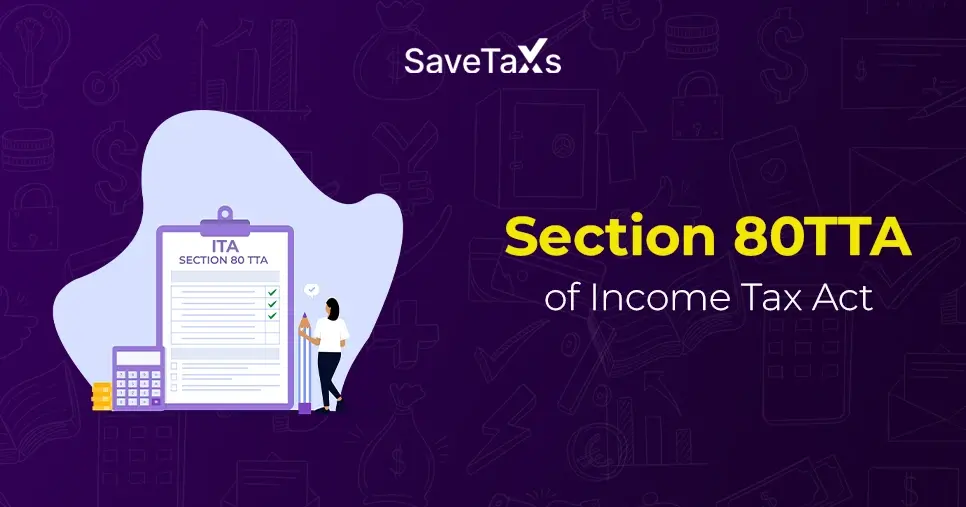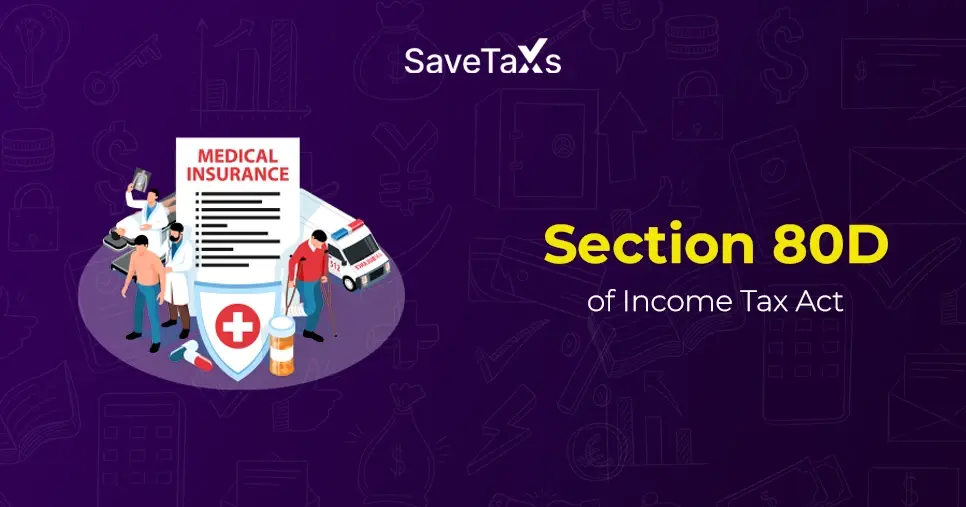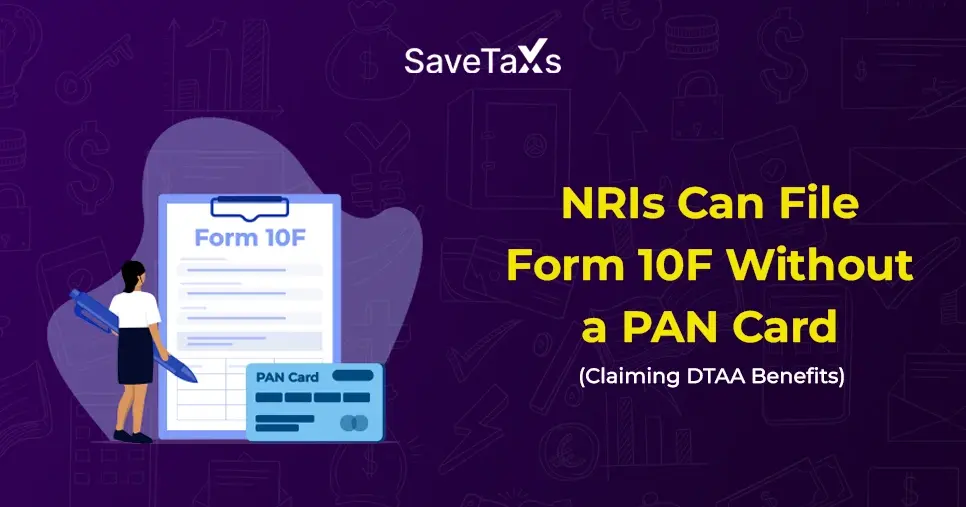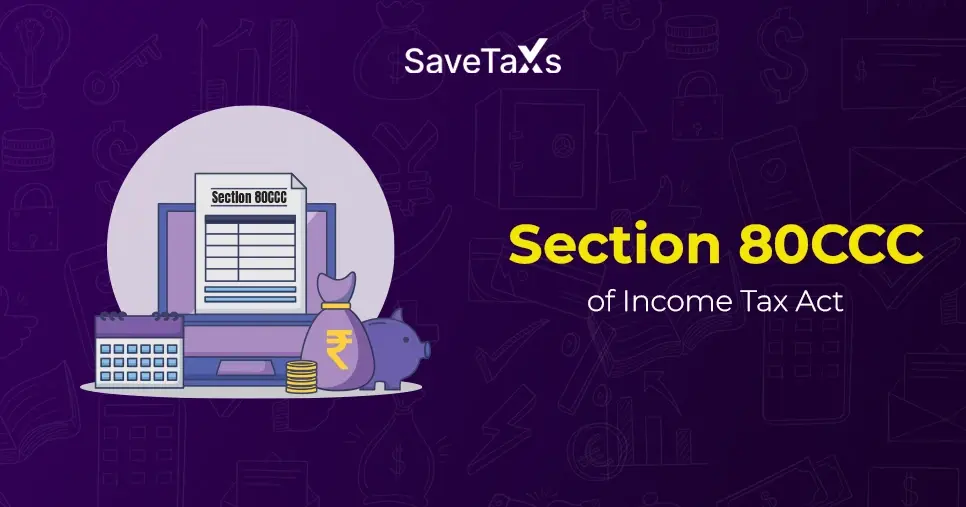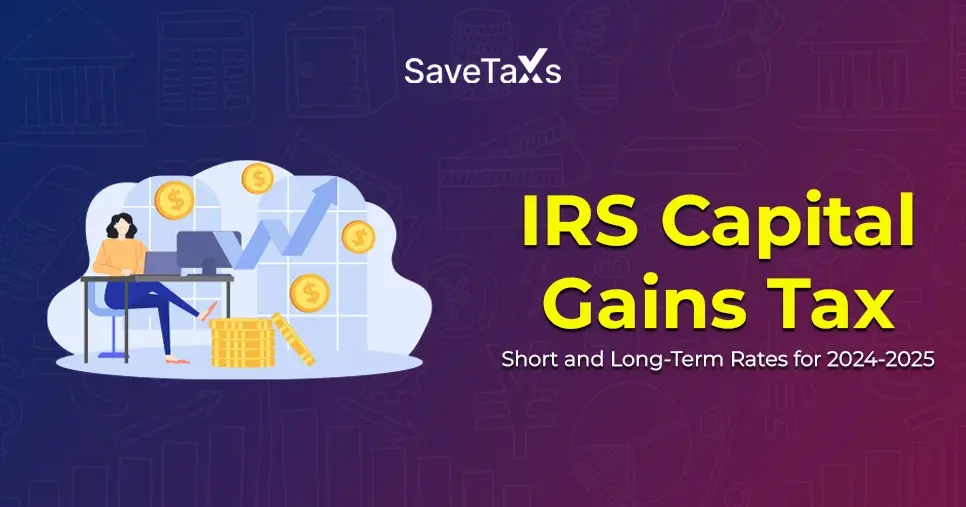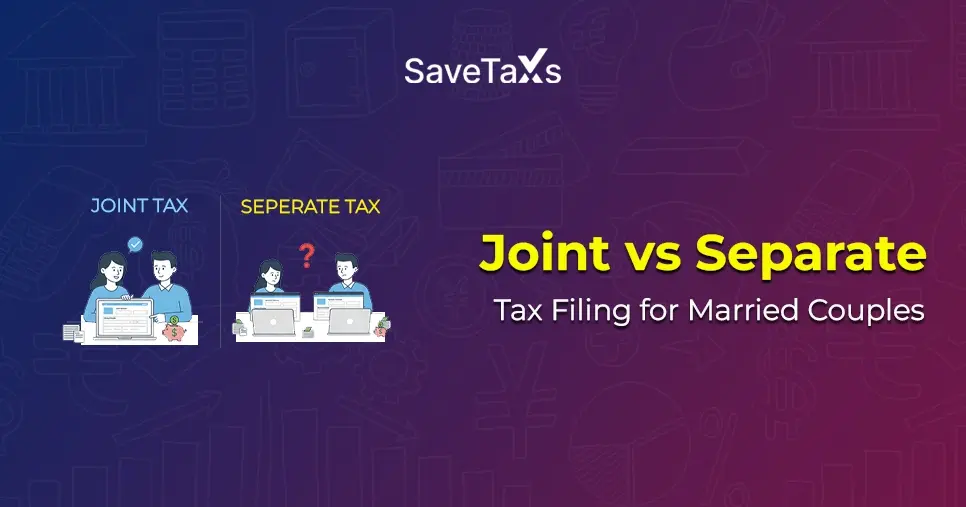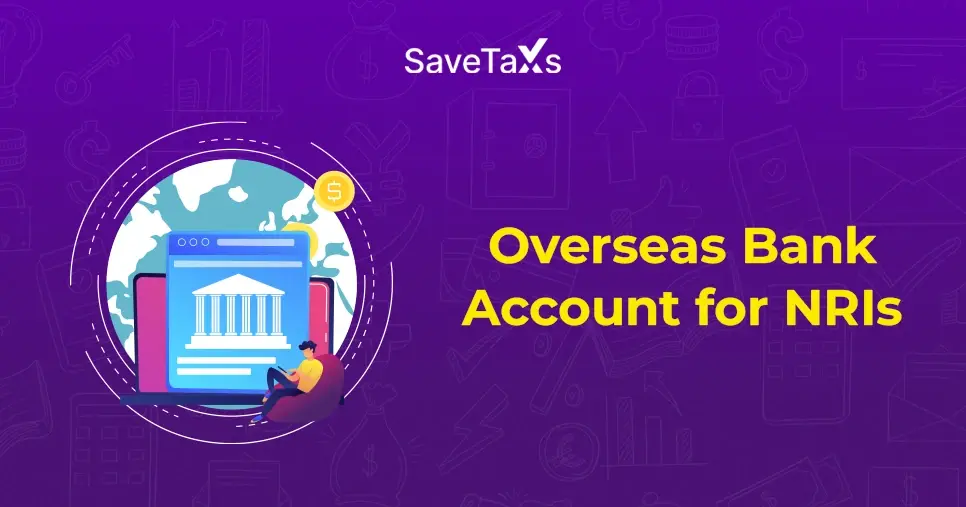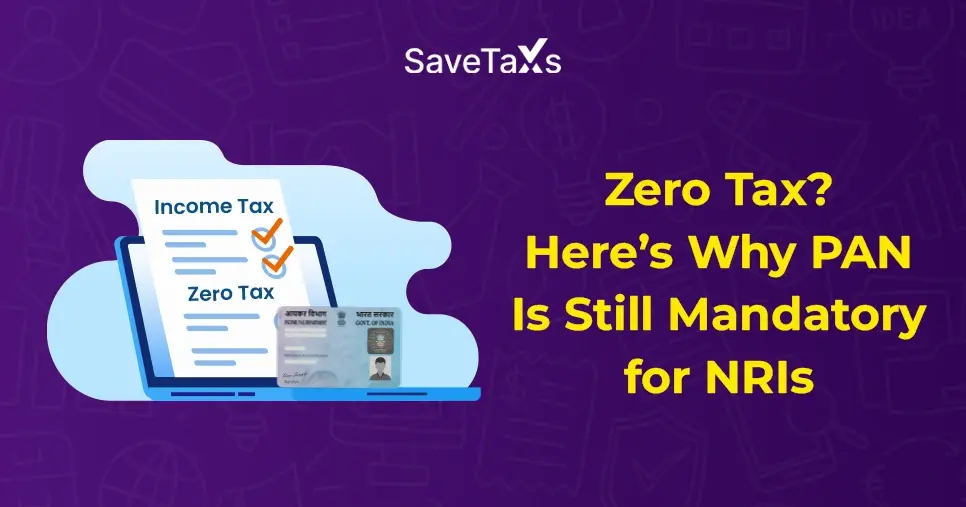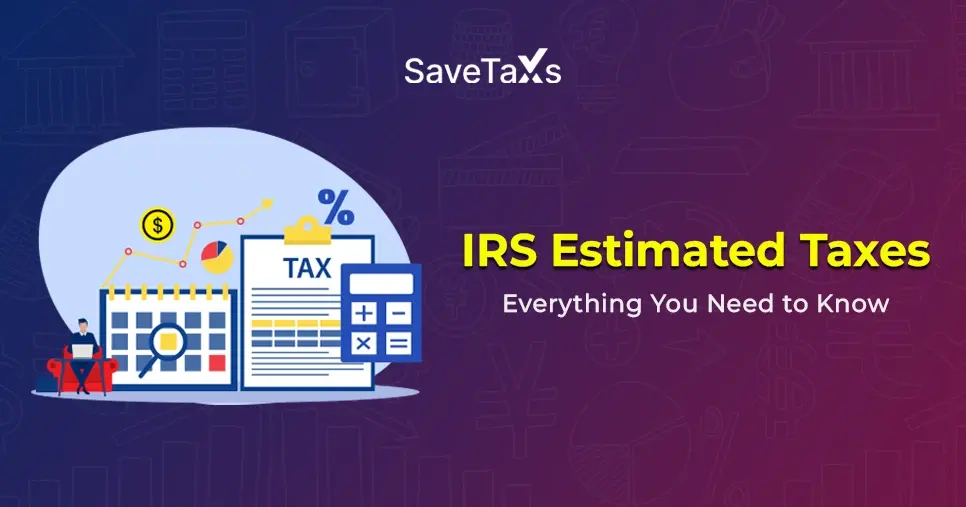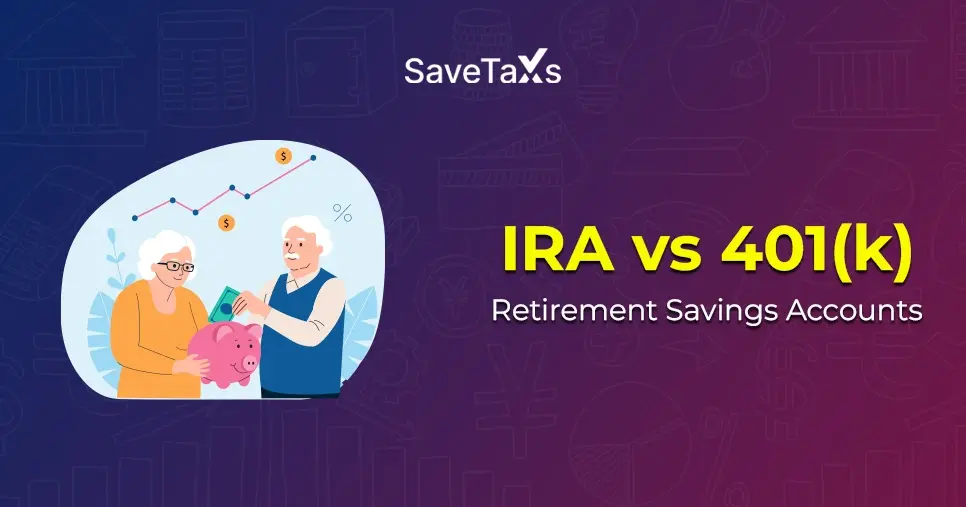Income Tax Form 13 enables non-resident Indians to request a lower or no tax deduction at source. This form provides relief from excessive tax withholding. Tax Deducted at Source (TDS) enables the Indian government to collect taxes at the source of income generation. TDS applies to various types of income, including salaries, dividends, deposits, interest on bank accounts, professional fees, rent, and other similar types of income.
TDS allows the government to deduct tax from income as it is withheld, rather than waiting for the taxpayer to pay it at the end of the year. And just like Indian residents, NRIs are also subject to TDS; however, they have the option to apply for non-deduction or a lower TDS deduction, which can be done by filing Form 13 under Section 197 of the Income Tax Act.
In this blog, we will discuss the Form 13 provisions, rules, and procedures in more detail.
Under Section 197, Form 13 is an application form that is completed by either an individual or a company requesting a lower tax deduction at source when their estimated tax liability is lower than the TDS amount deducted.
The person who fills out the form submits it to the assessing officer of the Income Tax Department. The officer then reviews the application, and if the assessee's income tax metrics appear to be justified, he issues a certificate specifying the TDS rate applicable to certain types of payments.
Circumstances When an NRI Taxpayer May Not Qualify for Tax Deducted at Source.
An NRI taxpayer can face challenges with he tax deducted at source TDS when:
- The person has incurred a certain type of loss in the current year.
- The person is carrying forward losses from the last year, which can now be used to offset the income of the current year.
- The person is eligible for a certain type of tax exemption or deduction during the year.
Incomes that Qualify for lower or Nil TDS Deduction
Under section 197, a taxpayer is eligible to apply for a certificate if the assessee's income falls in the categories mentioned below:
| Section |
Income Covered Under Section 197 |
| Section 195 |
Income of NRIs |
| Section 192 |
Salary |
| Section 193 |
Interest in securities |
| Section 194 |
Individual shareholder dividends
|
| Section 194A |
Interest apart from that on securities |
| Section 194C |
Contractors Income |
| Section 194D |
Insurance commission
|
| Section 194G |
Remuneration, prize on lottery, commission |
| Section 194H |
Commission on brokerage |
| Section 194-I |
Rent |
| Section 194J |
Fees for technical or professional services |
| Section 194LA |
Compensation generated on the acquisition of an immovable property |
| Section 194LBB |
Income in respect of a unit of an investment fund |
| Section 144LBC |
Income in respect of investment in a securitization trust. |
Step 1: Log in to the TRACES Portal: Visit the official TRACES Portal and log in using your credentials.
Step 2: Go to Form 13: After logging in to the Traces Portal, navigate to the Form 13 options.
Step 3: Fill in the Details: Once you open the form, enter all the required details, including your estimates of income, tax liability calculation, and the reason for requesting a lower or nil TDS deduction.
Step 4: Upload Documents: Now, upload all other necessary documents, including your tax return, bank statements, and any other supporting documents.
Step 5: Submit. Recheck and review the entire form one last time to ensure there are no errors or incorrect uploads, and then submit the application.
Step 6: Acknowledgment: Once you submit the application form 13, an acknowledgment receipt will be generated.
Step 7: Issuance of Certificate: The assessing officer will review your application and may request additional information or clarification if necessary. If the assessing officer is satisfied with the application, they will issue a certificate authorizing the taxpayer to deduct tax at a reduced or zero rate.
You need to submit the documents mentioned below with Form 13
- A signed Form 13
- Copy of assessee's income return, along with acknowledgment and enclosures for the last three financial years.
- Assessment order copies of the last three financial years.
- If you have a professional income from business, please provide copies of your financial statements, along with any audit reports, for the last three financial years.
- Current year's profit and loss account.
- Estimation of the computation of assessee's income for the current financial year and computation of income statements for the last three financial years.
- PAN Card Copy
- Tax-deductible account number of all parties responsible for paying you.
- Estimated assessee's income during the current financial year.
- E-TDS return acknowledgment for the last two financial years.
However, this may not be an exhaustive list, as additional obligations may be required depending on the nature of your income. Hence, NRIs should consult a NRI-specific expert to ensure all tax compliance requirements are met.
Filing Form 13 for NRIs involves numerous details that require attention to detail. When applying for Form 13, you need a comprehensive file of documents. Each document must be submitted correctly, as a minor error or incorrect upload can render the entire application invalid.
To do so, you need an expert with years of professional experience in income tax law to guide you better in submitting the Form 13, and hence, this is where Savetaxs comes to rescue. We are a team of professional chartered accountants, company secretaries, and legal experts with over 30 years of combined experience, helping NRIs for more than two decades in filing their ITR and other related matters.
Our satisfied client base of happy NRIs is a testament to the quality of services we provide. Our experts are available 24/7 across all time zones to help you with anything and everything. Filing Form 13 requires an expert review to ensure compliance with the stated laws.
Note: This guide is for informational purposes only. The views expressed in this guide are personal and do not constitute the views of Savetaxs. Savetaxs or the author will not be responsible for any direct or indirect loss incurred by the reader for taking any decision based on the information or the contents. It is advisable to consult with either a Chartered Accountant (CA) or a professional Company Secretary (CS) from the Savetaxs team, as they are familiar with the current regulations and help you make accurate decisions and maintain accuracy throughout the whole process.
 India
India
 USA
Tax Consultancy Services
USA
Tax Consultancy Services